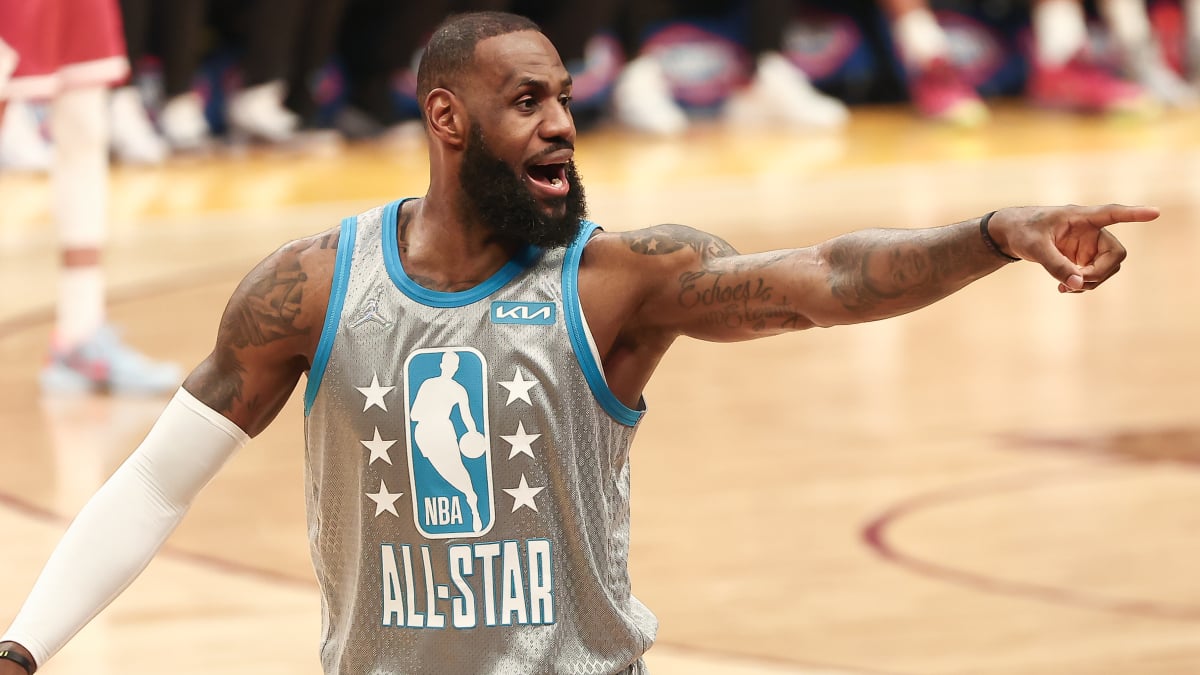When things get stale, there is a pressing need to spice things up and revive excitement. A few years ago, the NBA felt interest in their annual (near) mid-season showcase, the NBA All-Star Game, starting to lose its luster. The reason being because players loafed through the game, going for flashy dunks — which fans still love — but without any intensity or vested stakes on the line.
This meant players looked disinterested at times, and who could expect fans to keep engaged if the players themselves were checking out throughout the contest? While the league bandied about different solutions, ideas, and innovations, one change came to the forefront — what they call “The Elam Ending.”
What is the Elam Ending?
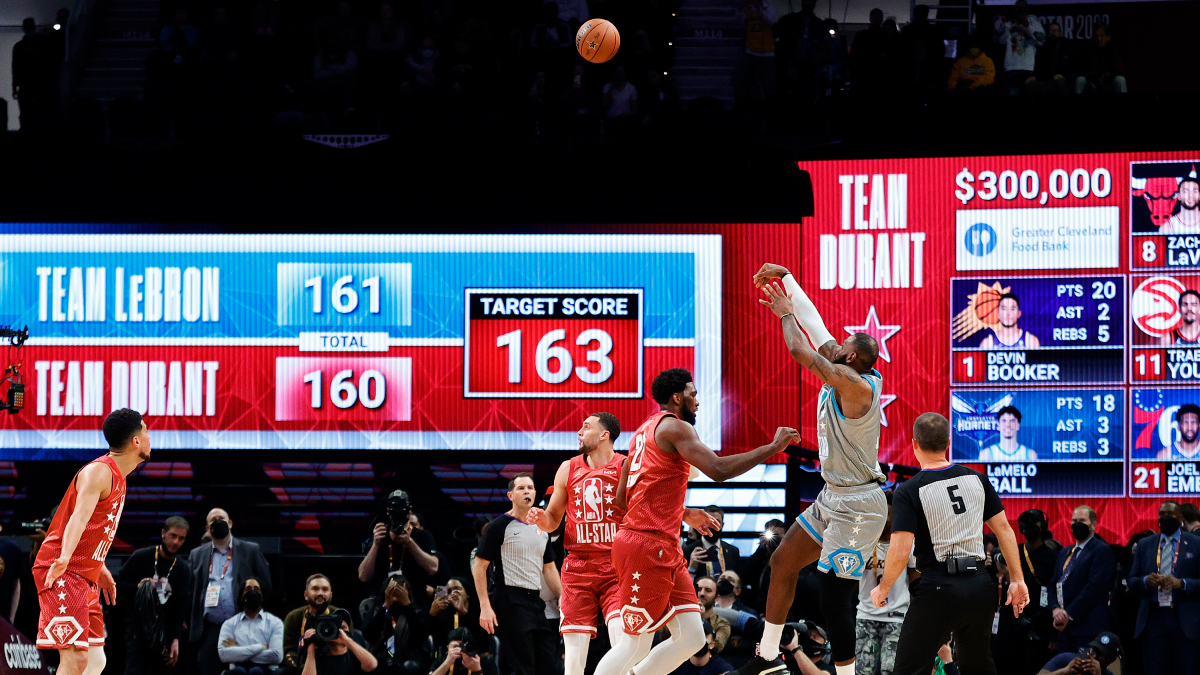
In regular NBA basketball games and throughout most of the world, on a professional scale, there are four timed quarters to a complete game (one exception being college basketball, which uses two 20-minute halves). The NBA has stuck with four 12-minute quarters, for a total of 48 minutes, throughout modern times, and the All-Star game was no different.
The NBA actually got the inspiration from another basketball league, called The Basketball Tournament, which was using it prior to the NBA implementing it in the NBA All-Star Game starting in 2020. The way it works is like this: instead of a final 12-minute fourth quarter to decide the outcome of the game, the two teams play to a target score, with the first team to reach that score declared the winner. It’s the way a lot of amateur and recreational basketball is played, where you play to 11 or 21 (or some other score) in lieu of keeping time while you’re playing, due to many reasons.
The winning team can hit the end goal score on the nose, or even exceed it, and win, no matter how that score is reached — via free throw, two-point field goal, or even a three-pointer. Once the score is reached, that’s that, and the game is over.
How did the NBA come to implement their own Elam Ending?
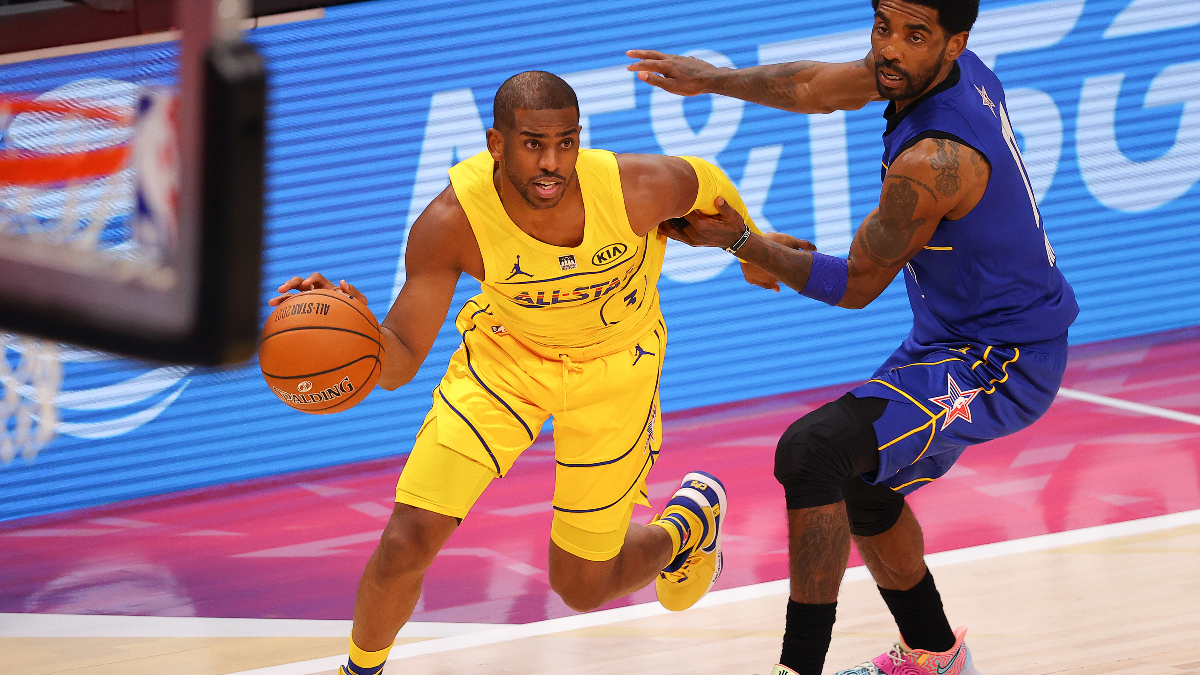
NBA veteran point guard, Chris Paul, AKA The Point God, who is the President of the NBA Players Association, thought it was a clever idea and brought the notion to the attention of the NBA Commissioner, Adam Silver.
“I’m all about strategy and the way you have to think the game down the stretch,” Paul told Complex Sports in an interview about the subject and implementation. “Just being a basketball junkie, you pay attention to things. I saw the ending and thought it was interesting.”
Silver and the league loved the idea, and brought it to the forefront, although they didn’t include its founder in any of the discussions.
Just who is the founder of the Elam Ending?
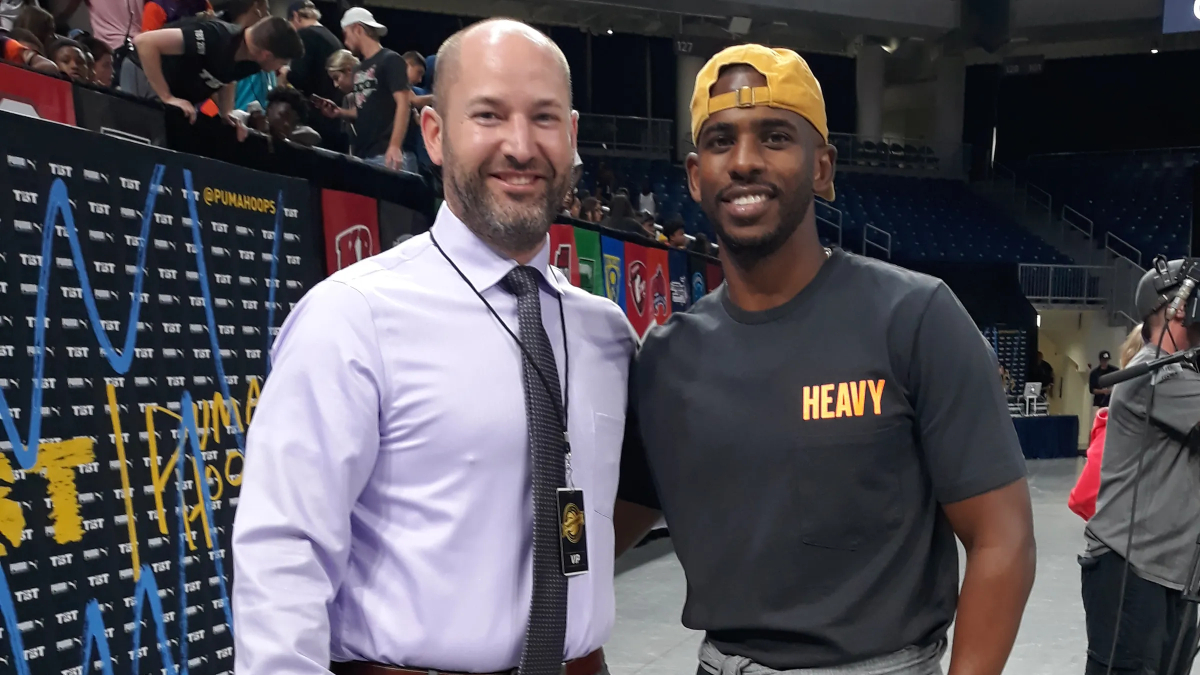
That would be Nick Elam, who thought up the idea around 2004 while teaching as a professor at, ironically enough, Ball State University. Elam was frustrated by just how long the end of basketball games, especially NBA games, could take to play out with the clock slowly bleeding down, copious amounts of fouls and timeouts if the game is close, or if the game isn’t close, a total lack of engagement for fans because one team has no chance at a comeback.
Elam wrote about the idea in a book he wrote in 2007, called Time’s Up For Basketball’s Game Clock. He began pitching the idea to different basketball systems and stakeholders, according to an article on BSU.edu, and he eventually pitched the idea to The Basketball Tournament. That league decided, in 2017, that they were intrigued and enthralled with the concept, implementing it right away with some tweaks to make it their own variation.
“There’s no paper that I can write, there’s no interview I can give, there’s no presentation I can make about the concept that speaks for it better than letting it play out itself,” Elam said in the Complex Sports interview. “Having the best players in the world all on one court playing under the format, I just knew it was going to win people over.”
How does the Elam Ending work in the NBA All-Star Game?
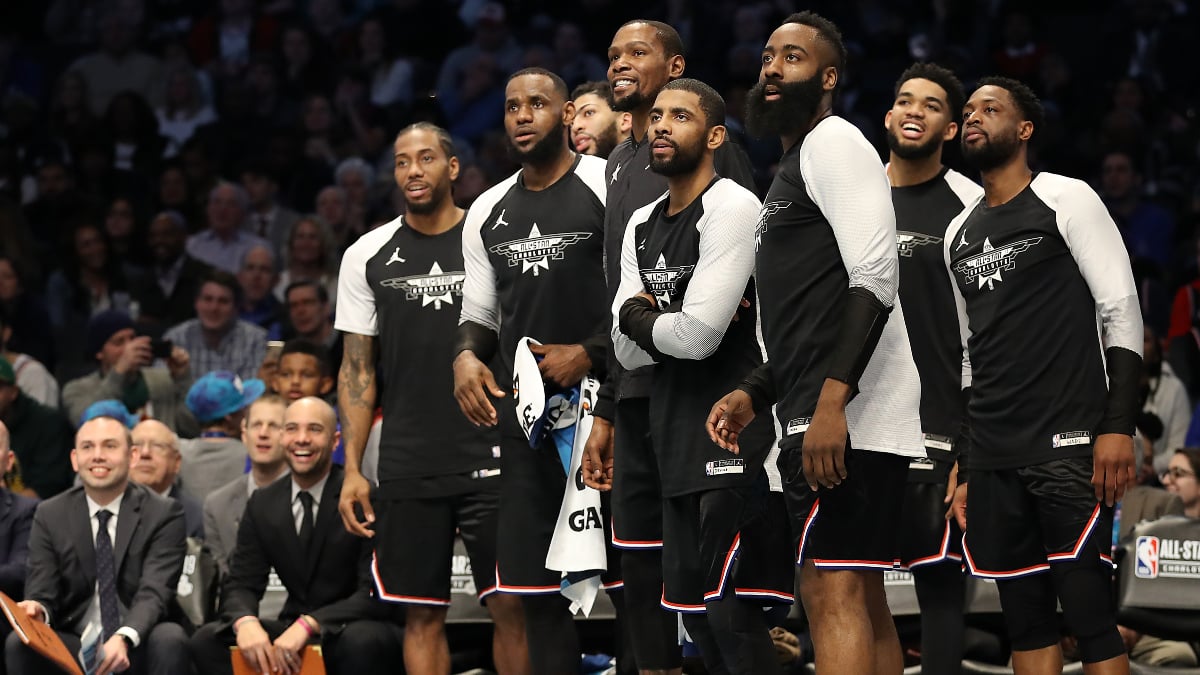
In order to determine the final score amount that each team should aim for, the league went through a mind mapping thought process on how to determine the way the end of the game should play out that would give both teams a legit shot to win, regardless of the deficit, and when to implement the ending.
As a honor and tribute to the late Kobe Bryant, who at one point in his career wore number 24 (after wearing number eight earlier in his career), the league first settled on 24 as the final score number the winning team needed to reach. But it wasn’t just arbitrarily selected as “first to 24 wins,” because the league still intended to have the framework of a four-quarter basketball game.
So, they decided to let the first three quarters play out as usual, with 12 minutes per quarter, before changing the aim up for the final frame. The final concept and implementation was to take the score of the winning team at the time, and to add 24 points to that. In other words, if the winning team was ahead 80-75, then the goal score to win the game would be 104 (80+24). Therefore, the team that was ahead had an advantage as they only needed 24 more points to reach the target score, but the losing team could still reach the target score first if they were able to stop the other side from scoring and get to this target score first, especially since they weren’t up against time as well as the other team anymore.
In fact, it has worked so well in the first three years of it being used, that NBA has now instituted a version of it for regular season overtime games in its minor league system, the G League, where if the game is tied after four quarters, the teams play to the target score of seven in an overtime period.
Why does this increase interest, from both players and fans?
Well, first off, just watch that clip above from last year’s NBA All-Star game, which featured megastar LeBron James hitting the winning bucket, in his former team’s gym in Cleveland, no less.
As mentioned earlier, it gives players higher stakes in a game’s ending, regardless of where the score might lie after three quarters. On top of that, as professional athletes are highly competitive, it puts stakes on the outcome of the game since there is no clock to just drain, and they need to battle it out to the very end score.
It’s been a win-win for all involved. The 2023 NBA All-Star Game is scheduled for 8:30pm EST, and is being hosted in Salt Lake City, Utah.

